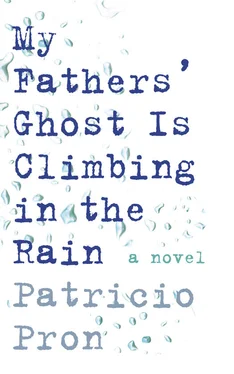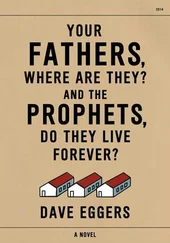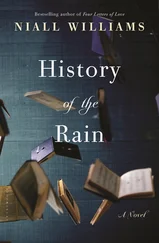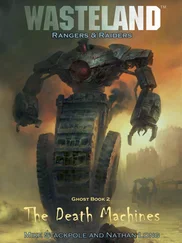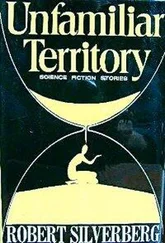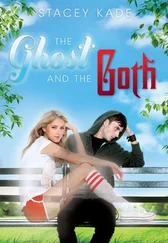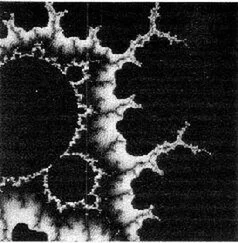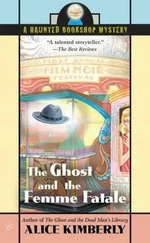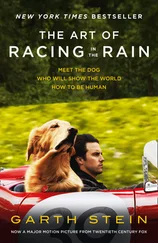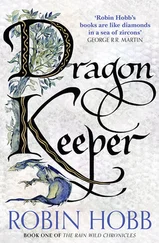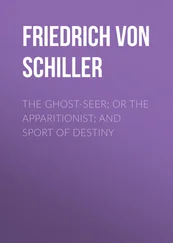Automatically, after the finding of the body, they carried out a string of simultaneous arrests, after a week of witness statements, they will go to trial: a woman, Gisela C., twenty-seven years old, who already had priors for fraud, Juan H., sixty-three years old, with no prior convictions, Marcos B., thirty-one years old, with priors for drug consumption and the common-law husband of Gisela C. and Gabriel C., thirty-four years old, brother of Gisela C. with priors for misdemeanor theft […].
When I reached this point, I went back a few pages and again unfolded the map my father had used, but I didn’t know how to find out if any of the rural homes he’d visited and marked on the map was the house where the murder had taken place, and, in that case, if it had been my father who had alerted the police. On a small blank page I found on my father’s desk I jotted down: “Was my father the firewood collector — the hunter, in other versions — who filed the report with the police?” and I remained contemplating what I’d written for a long while. Finally I turned the page over and discovered that it was an invoice for some photographic enlargements that weren’t in the file but — though I didn’t know yet, so I should pretend here that I don’t know — were inside another of the files piled up on the desk, to which I would return time and time again in the days following these discoveries.
“How long have you lived in El Trébol?”
“About twenty years.”
“What are you?”
“I belong to a charismatic center. I’ve been strengthening the mental part.”
“Are you clairvoyant?”
“I haven’t gotten that far.”
“Are you a witch?”
“No.”
“Do they call you a witch?”
“Affectionately. Witch, witchy and crone.”
“Do you make your living this way?”
“I have up until now.”
“Describe to me what your powers are.”
“I channel myself to help those who need it for good. I channel for health, work and affection.”
“How does that include the Burdisso case?”
“I measured myself. I wanted to see my ability and my reach.”
“What did you see?”
“The first Monday he disappeared, I saw that he was still alive. It was that Monday. The following days it was already looking more doubtful. It could be or not. I saw all the ups and downs. Then, it gave me [ sic ] that he was deceased. That he could be in a place with stagnant water, depth, a sewer, a well, et cetera. It wasn’t clear. But they were looking in the cemetery and I felt that wasn’t right.”
“What did you feel when the case was solved?”
“Very powerless because this is a small town. Very annoyed. […] I couldn’t help him in the moments that he manifested himself to me that he was alive. I don’t knew [ sic ] whether to call it strength or cowardice, because I didn’t come forward in those moments and I didn’t reveal myself, I didn’t reveal my ability to help.”
“How do you see these things?”
“Through writings. I call it ‘mermerism’ [ sic ] and it is through the fingertips. I carve around and I look at the contents of the person, but I never let the person tell me about their situation directly. I try to decipher it myself […].”
Alberto’s mother died when he was very young and he never talked about her, I guess he didn’t remember her. […] His father went missing when he was only fifteen years old, and at that point Burdi was already doing jobs as a laborer and bricklayer’s assistant. He lived a life of loneliness, humility and simplicity, and we should acknowledge him as one of those people behind the scenes in this country. Who live silently, scraping by, in a highly complicated society. […] [In the late 1970s] he told me about the problem with his sister, […] and I went with him to Tucumán, but, unfortunately, we returned empty-handed. […] That money [the reparations given by the state as compensation for being a relative of a disappeared person] doomed him, in every sense. His life was, without a doubt, torturous. His childhood was marked by the absence of his mom. As a teenager his father dies. Then, the only loved one he has left, his sister, is murdered by the military dictatorship and, when he gets some financial stability, which could have allowed him to enjoy life, he ends up losing everything, even life itself. Burdi could have left the money in the Club’s mutual fund and lived off the interest. But we advised him to buy property, it seemed to us the best way to invest some of the money and, besides, he would have a place of his own to live. Maybe if we’d made a different suggestion, this wouldn’t have happened.
Roberto Maurino, childhood friend of Alberto Burdisso, in statements to El Informativo , El Trébol, July 2008
Next in my father’s file was a page titled simply “Fanny,” and undated:
A civilian plaintiff is needed as a driving force in the criminal proceedings. This is the task assigned to the district attorney, but the civilian plaintiff intervenes to guarantee that he won’t let the proceedings stagnate. There was an attempt to convince some cousins from El Trébol, but they are avoiding committing to it. The civil plaintiff will be assisted by a lawyer from Santa Fe (where the sentence will be handed down) who is the grandson of Luciano Molinas and an activist in the association HIJOS [acronym for Children United for Identification and Justice and Against Forgetting and Silence, an organization of the children of Argentine disappeared]. This lawyer has experience in the matter and has agreed to charge minimal fees, to which will be added the expenses required for the court filing (where this money will come from is something that has to be discussed). The inheritance of the property on Calle Corrientes, whose undivided half share is registered in Alberto’s name, should also be dealt with at this time.
Following that was an article from the August 1 edition of the newspaper El Ciudadano & La Región , from *osario, titled “Criminal Conspiracy.” I didn’t need to read past the first line to know that my father had written it. A paragraph:
The couple planned and executed the sinister plot over a year and a half, according to the judicial investigation. The fatal victim was Alberto Burdisso, a sixty-year-old man who lived in the town of El Trébol and had received reparations of two hundred thousand pesos. The man entered into a romantic relationship with Gisela Córdoba, thirty-three years his junior, and gradually handed over to her: half of his house (since the other half belonged to his ex-wife), furniture, a car and a large part of his monthly earnings. He even moved into the garage, leaving the house in the hands of the young woman (who rented it out the same day Burdisso was pushed into the well where he lay dying for three days), just as he found out that the young woman’s supposed brother was actually her husband. Meanwhile, the girl picked up a new lover, sixty-three years old, who ended up involved in the crime. The motive was a supposed life insurance policy that she believed was in her name.
An article in La Capital de *osario dated that same day with the byline Luis Emilio Blanco below the title “El Trébol: They Prosecute Burdisso’s Killers and Reveal Details of the Case” did not contribute any additional information but did offer slightly different facts: Here Burdisso is sixty-one and not sixty, Marcos Brochero is thirty-two and not thirty-one, Juan Huck is sixty-one and not sixty-three, the abandoned rural house where the body was found is eight and not nine kilometers from town (in a piece published the next day in the newspaper El Litoral of Santa Fe, the distance was reduced to six kilometers). Here it is Gisela Córdoba and not Juan Huck who threw the man into a well that’s twelve and not ten meters deep, Burdisso broke five ribs and not six and both shoulders instead of a shoulder and an arm, as in the previous version, but those are all minor details. More interesting is the supposed request from Córdoba to Huck to “get him out of the well and throw him somewhere so they’ll find him and confirm his death” to enable her to gain access to the life insurance she believed was in her name; Huck refused. The article also included some secondary information revealed in the autopsy: “[…] the results show that the man had dirt in his mouth and respiratory tract, which indicates that he tried to breathe beneath the material thrown onto him,” specified the source.
Читать дальше
